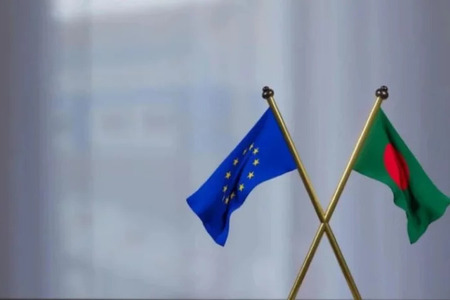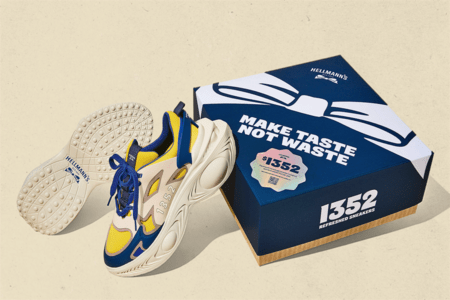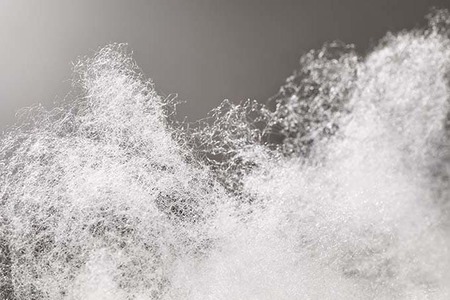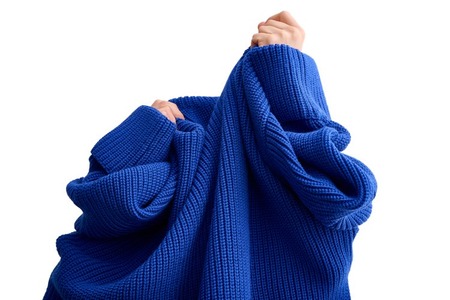
H&M escalate sustainable growth through its transparency efforts
YarnsandFibers News Bureau 2020-10-28 13:26:38 – SwedenAs the fashion industry works in a closed-loop system away from the eyes of the masses, H&M focuses on changing this very trend. H&M wants the public to know where the clothes are made and by whom.
The company stated that transparency was the way business should be conducted and was a tool that drove positive change towards a more sustainable future. Pascal Brun, the head of H&M’s sustainability department, stated that they are working towards ensuring the brand becomes more transparent.
In 2013, H&M took its first step towards a transparent foundation by making public the names and addresses of over 800 cited cut-and-sew and processing suppliers across Asia, Africa and Europe. In April, the brand reached further by adding consumer-facing “transparency layers” to all garments which include most Home interior products.
Consumers can now check out the product background on all the items. The information present will not only allow the consumer to view where the coat, dress, or T-shirt was manufactured but will also show the name of the factory, its physical address and the number of workers it employs. The same website also offers additional information about the materials used and how to recycle the garment at the end of its life.
Brun stated that by being open and transparent about where their products are made they hope to set the bar for the fashion industry and empower consumers to make better sustainable choices. The company strongly believes that transparency and advocating human-rights alone is not enough however, they were important vantage points. H&M is known for their transparency pledge “minimum standard” for supply-chain disclosures that asks companies to publish standardized, meaningful information on all manufacturing factories of their supply chain.
The 2020 Fashion Transparency Index, published in April gave H&M its highest score of 73% based on social and environmental metrics such as animal welfare, biodiversity, chemicals, climate, due diligence, supplier disclosure and working conditions.
The company has already made plans to increase its transparency levels by mapping all of its viscose and manmade cellulosic fiber suppliers by the end of 2020. They also aim to public 100% of its fabric dyeing and printing partners by 2021. The company relies on certain third-party certifiers and standards organizations to distribute the bulk for materials like organic cotton.
He stated that due to their local presence in their production countries, they have managed to build long-term relationships with their suppliers based on trust and transparency. Their presence has made it possible to engage with local trade unions, GOs and civil society groups to ensure that we understand the local perspective in each country.
Market Intelligence
Ask for free sample Report

experience
Customer Base
dedicated team
Countries Served Worldwide




![Freitag unveils new Mono[P6] circular backpack](https://www.yarnsandfibers.com/wp-content/uploads/2024/04/Freitag.jpg)




